{This post may contain affiliate links. This means we may make a small commission at no extra cost to you. This website is a participant in the Amazon Services LLC Associates Program. As an Amazon Associate we earn from qualifying purchases. We only recommend products that we believe will be of value to our followers. Click HERE to see our disclosure for details.}
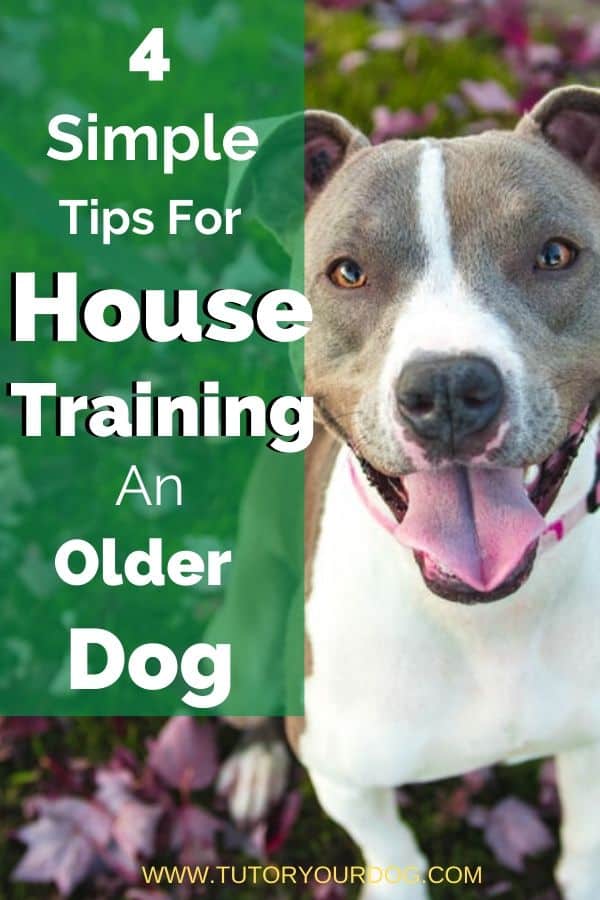
House training an older dog is not an impossible task. Although it is generally easier to housebreak a puppy, any dog can be housebroken given the proper techniques. First, before you begin, you must know how a dog thinks. I would say that a dog thinks 80% of the time with his nose and the rest of the time with his other senses. If you look at animals in the wild, you’ll notice that most mammals like wolves, lions, tigers, and wild dogs scent mark their territories. This is a place where these animals return to mark over and over again. They do this to warn other animals or their rivals that this is their territory.
It is precisely this habit that the distant cousins of wolves, our dogs, exercise on a daily basis. That is, dogs know and remember where to go “potty” by mainly using their sense of smell. Dogs are creatures of habit. They generally like to go “potty” after a meal, after they wake-up from a nap, and after they exercise. Your job is to recognize when your dog needs to “go” and guide him to the pre-designated area before he does his business inside. Thus, you must monitor your dog for at least 2 weeks until the desired outcome is programmed into your dog’s mind.
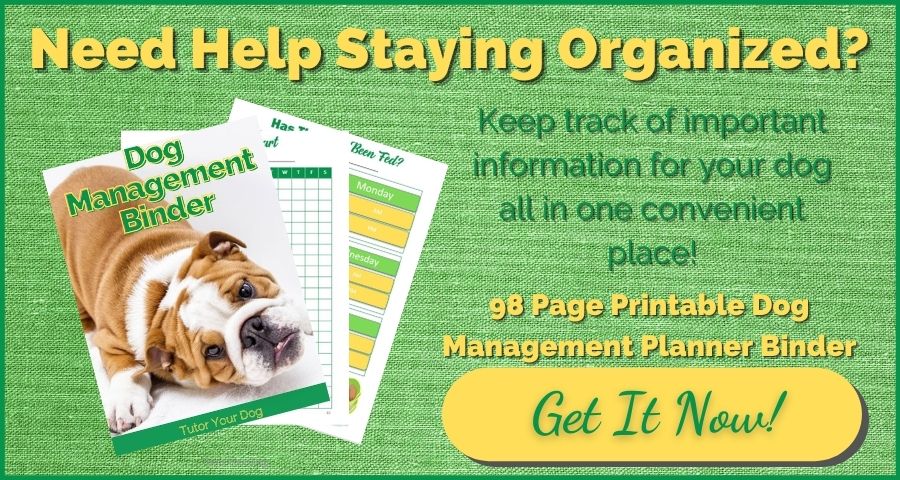
Tips For House Training An Older Dog
1.Always Supervise Your Dog
Until your dog is reliably house trained, do not leave him unsupervised in your house. This way you can catch him before he has an accident and take him outside to the area where you want him to go potty.
One way to do this is to keep your dog on a leash and either hold onto the leash or purchase a leash that you can fasten around your waste. This way your dog will always be where you are in the house and you can supervise him.
Click on the images for more information or to purchase my favorite hands free dog leashes on Amazon.


2. Establish A Routine
By establishing a routine for your dog it makes it easier to predict when he will need to go outside to potty. Try to stick as close as possible to the routine or schedule that you set up for him until he is always going outside to relieve himself.
Feed him at the same time each day. Walk him at the same time each day. And take him outside at the same times. Keep a chart to keep track of his potty breaks. By doing this you will be able to predict when your dog will need to go outside for a bathroom break.
3. Crate Train
A crate is an excellent tool for housetraining your dog. It may take some time to get your dog used to his crate if he isn’t already crate trained. If you need help crate training your dog, check out our article, 4 Easy Steps For Crate Training Your Puppy HERE.
Once your dog is crate trained, whenever you can’t supervise him he should be in his crate. Dog’s are generally very clean so by crating him when you can’t supervise him, he should wait for you to take him ourside to relieve himself. Of course, you can’t keep him in his crate for long periods of time. If you work or have to be gone for the day, have someone go in to your home to let your dog out for a potty break. Your dog should be able to sleep in his crate at night and for short periods during the day when you are unable to keep an eye on him.
Click on the photos below to check out my recommended crates on Amazon.


4. Watch For The Signs
Watch your dog closely, they typically display signs that they need to go relieve themselves. You may see your dog sniffing the floor or whining. He may start circling in one area or pacing. Or he may try to sneak off to find a quiet place to go potty.
When you see your dog doing any of these signs, quickly take him outside to the area where you want him to relieve himself. If you are consistent with doing this, he will quickly catch on and realize that he needs to go outside to potty.
What Happens If Your Dog Has An Accident?
So, what are you to do if your dog makes a mistake and “goes” in the middle of your living room? The answer depends on whether you catch your dog in the middle of the act or not. If you catch him in the middle of the act, you can say something like “no,” and quickly lead your dog to the desired location before he finishes doing his business. If, however, you find the mess after the fact, you must NEVER punish your dog. Your dog simply won’t understand what he is being punished for and he will soon learn to fear you instead of look at you as his leader.
The question then is “what should you do if you find the mess after the fact?” My advice is to clean up the mess and don’t make a big fuss over it. You must erase your dog’s memory of the location in your house where he had gone “potty”. You can do this by properly cleaning the spot with the right cleaning agent. Cleaning with ordinary household cleaners is a bad idea. Most household cleaners contain Ammonia; the very ingredient in Urine which arouses a dog’s instinct to scent mark.
So, instead of using ordinary household cleaners, use a product like “Nature’s Miracle”. It is specifically designed to remove the smell of urine and feces. This will erase you dog’s memory of the previous location where he had done his business.
Click on the photos below to check out Nature’s Miracle products on Amazon.


The key to house training an older dog is patience. Be patient, and your dog will learn to do what you ask of it in no time.



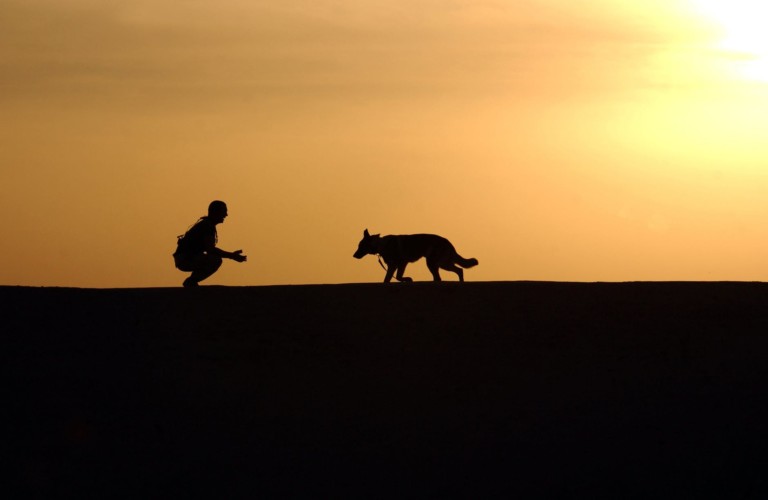

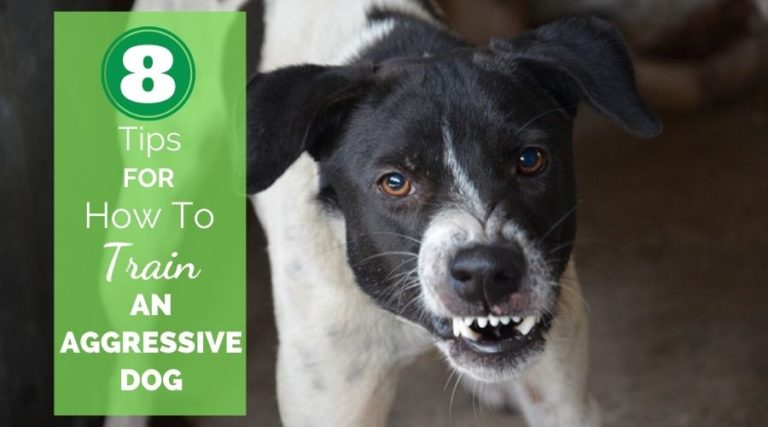
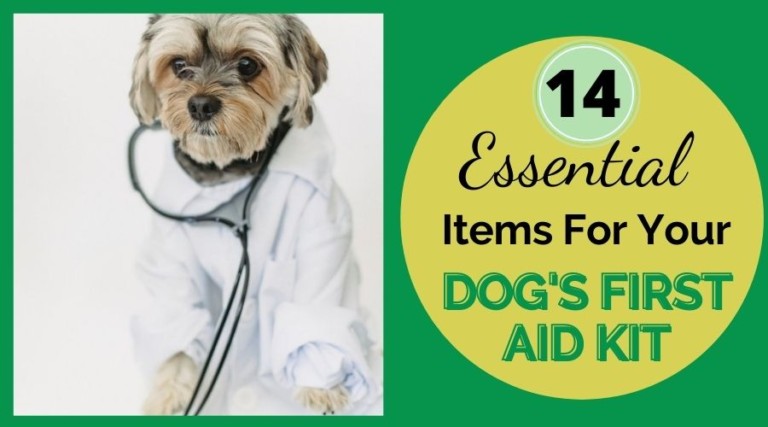

Great content! Super high-quality! Keep it up! 🙂
Thanks for the great information for us.
King regards,
Thompson Raahauge
I’m glad that you found it helpful!